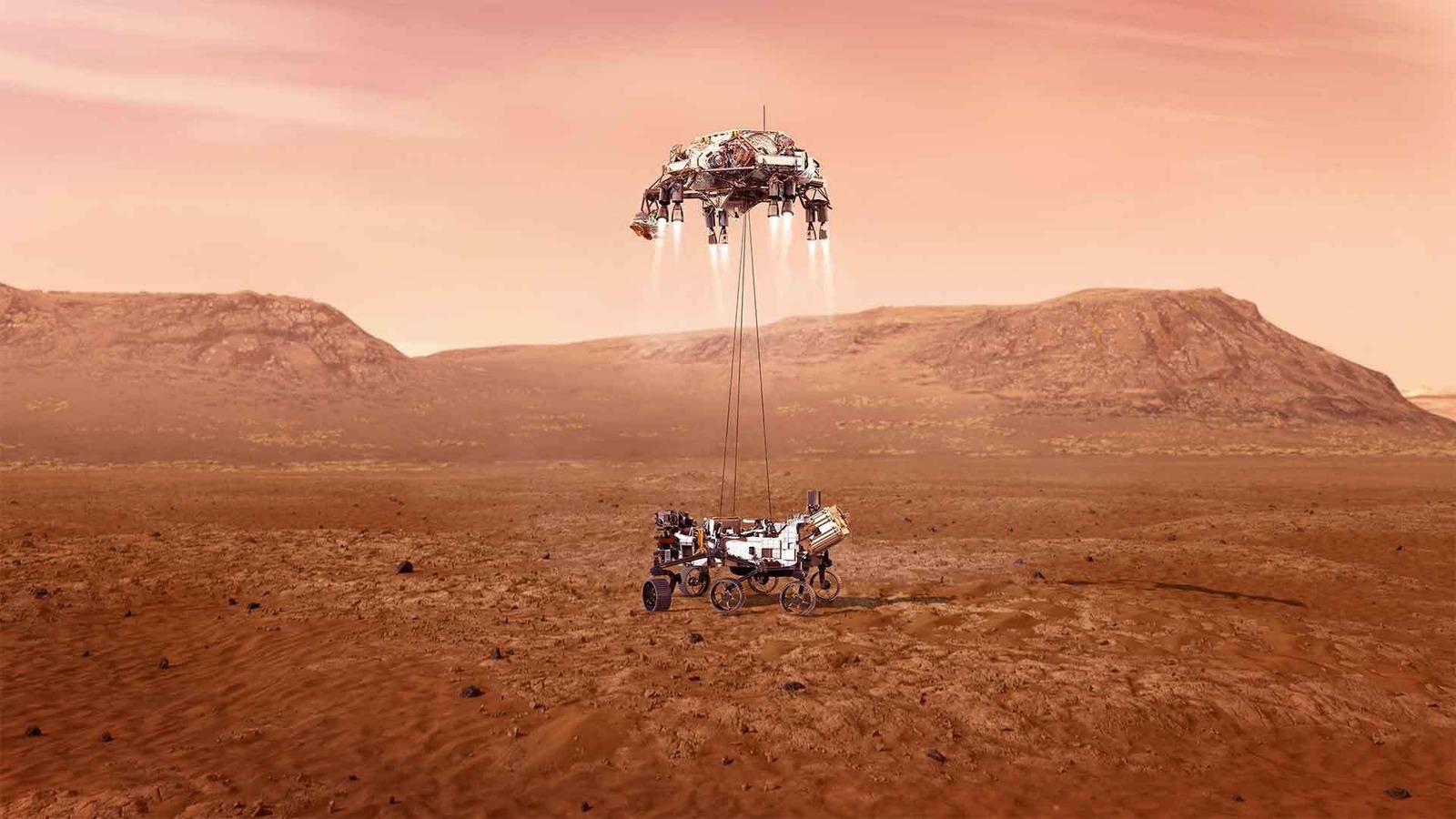Scientists Are Unlocking The Secrets Of Safe Planetary Landings: Here’s How – SlashGear

To help understand this, scientists have created a computational model of how the flame-like material coming out of the back of a rocket, called a rocket plume, interacts with the surface of a planet or other body. As it is hot and sends out material at high speeds, this plume throws up material off the planet’s surface. This can create clouds of dust and debris which could potentially damage a rocket as it attempts a landing.
“Understanding the interaction between the rocket plume and the surface is important for the safety and success of space missions in terms of contamination and erosion, landing accuracy, planetary protection, and engineering design, as well as for scientific understanding and future exploration,” explained Byoung Jae Kim of Chungnam National University, the lead author of the study, which appears in the journal Physics of Fluids.
The model created by the researchers considers factors related to the rocket like its engines, as well as environmental factors like the atmosphere and gravity of the body being landed on, and creates estimates of the size, shape, temperature, and pressure of the rocket plume that would be created. It can also estimate how much material would be displaced — meaning, essentially, how much dust and debris would be thrown up from the surface. This helps to plan out missions and to consider how to land rockets safely and whether a landing pad would be required.
For all the latest Gaming News Click Here
For the latest news and updates, follow us on Google News.

